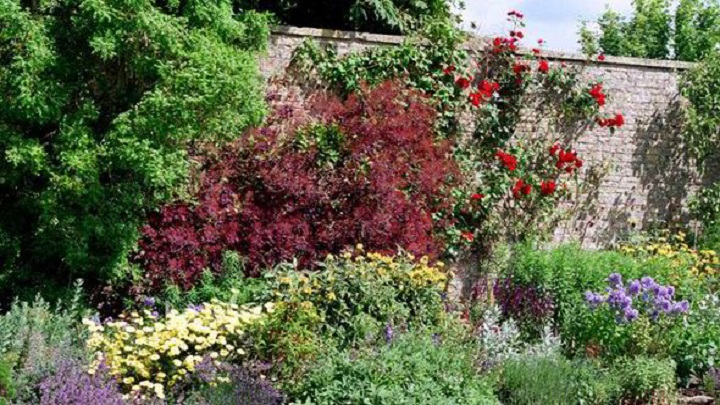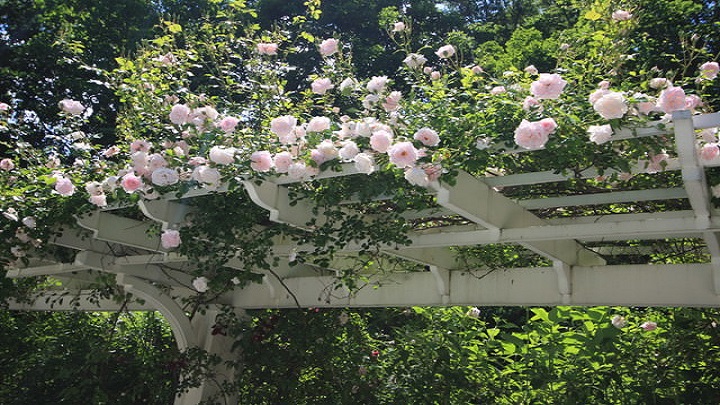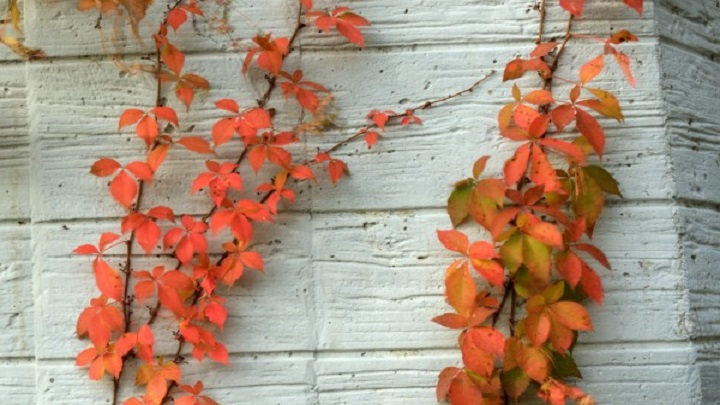Whether you want to transform a dull wall or fence into a beautiful living barrier, or simply want to enhance your mailbox, climbing plants are what you need. Here are ten tips for growing climbing plants in your garden.
1. Beware of toxic climbing plants
Beware of toxic creepers – and not just poison ivy!
- Glycine, sweet pea and some other varieties of climbing plants have toxic parts that can be dangerous when eaten.
Teach your children not to eat berries or pods of ornamental plants.

2. Buy potted climbing plants
- Never buy a climbing plant with bare roots.
It is very possible that the plant has suffered and that the roots have dried. Replanting could be difficult.
- Look for plants with several stems growing near the base of the plant rather than a single large stem.
You may also like to read: 5 solutions to common wallpaper problems
3. Plant perennial climbing plants in spring
Plant your perennial climbing plants just as the buds begin to swell.
- Dampen the soil of the pot before planting a climbing plant in a hole enriched with compost or organic fertilizer.

4. Beware of Invasive Species
Climbing plants often develop by generating new stems over other plant varieties. They can become invasive if they are not controlled.
- Some, such as the orbicular celesta and Japanese honeysuckle, grow so exuberantly that they should not be planted at all.
- Choose native species, such as virgin vine (now available in variegated form) or coral honeysuckle.
5. Keep the roots cool
Most climbing plants like to have feet in the shade and head in the sun.
- If possible, plant a low shrub with superficial roots and evergreen leaves at the base of the sunny side of the climber. It’s fresh shade will help the vine to settle and reach its full potential.
- Keep the fresh soil around both plants by spreading a thick layer of organic mulch on the surface.

6. Keep your home fresh
- A creeper that covers a south facing or west-facing wall provides insulation in the summer, keeping the house cool and reducing air conditioning costs.
The annual climbing plants, which grow only during the summer, are thus of great use.
7. Do not plant ivy
Do not plant ivy or other varieties where it could climb on wood – this could quickly lead to rotting of the wood.
- In some areas, English ivy is so invasive that it is considered a noxious weed.

8. Use an old tree as a trellis
Plants can climb a tree, adding color and texture to the trunk.
- Select vigorous species that can tolerate shade and compete for the roots of the tree and can climb without help.
- Ivy, radiating charcoal and spinach are good choices.
- Install plants carefully around the roots of the tree in soil rich in humus and feed and water more if necessary.
- From the stems by attaching them loosely to the trunk.
9. Let the climbers snake on a wire
- Solid copper wires can support heavy climbers, such as honeysuckle and passionflower.
- The wires will eventually oxidize and give an attractive green color melting into the foliage.
10. Create a convenient, removable mesh
- If you regularly repaint the wall on which you are installing a climbing plant, mount a truss on hooks so that it is easy to remove when you need to repaint.
- Alternatively, place the base on hinges so that the lattice and plant can be folded down in one piece when working on the wall.
You can start with a short-lived annual climbing plant to decide if you like then move on to a long lasting woodcreeper. Particularly suitable for climbing plants.




Average Rating